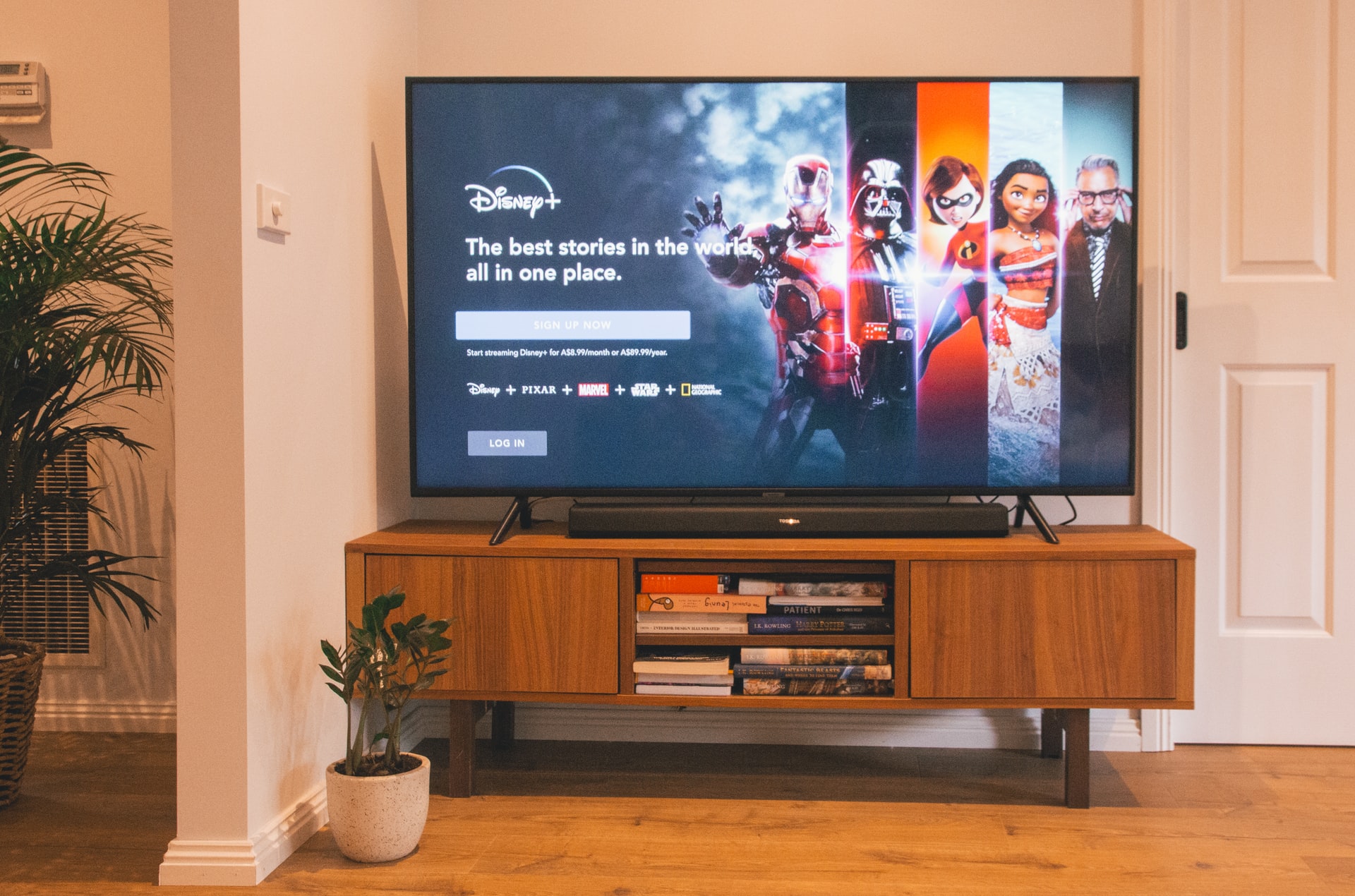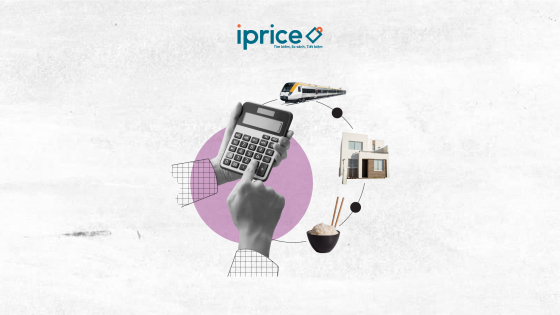- 41% of respondents are more concerned about the impact of the internet on well-being than they were before the COVID-19 pandemic
- Digital fatigue drives 47% to seek downtime from internet-enabled devices
- 42% believe they pay too much for content, as value-consciousness prevails
Growing reliance on the digital home has inevitably driven a surge in online behaviors during the COVID-19 pandemic. But rising service adoption is also marked by an increase in consumer fears around digital well-being, which demands an urgent shift in approach from providers. This is according to the first instalment of the EY study, Decoding the digital home, which evaluates consumer attitudes to digital connectivity, technology and content consumption in Canada, France, Germany, Italy, the UK and the US.
Despite some regional variation, the survey finds that households adopted a range of services for the first time during national lockdowns. Video calling leads with a 25% increase in adoption, while online health services (up 20%) and education (up 18%) have also grown exponentially. Across all markets, 44% of respondents say their internet connectivity needs have increased.
In striking parallel, this trajectory is tempered by rising anxiety; 41% of respondents are more concerned about the impact of the internet on well-being than they were pre-pandemic, while 39% are very cautious about disclosing personal data online. Notably the 18-34 age group are more concerned about data disclosure (43%) than those aged 45 or older (36%).
Tom Loozen, EY Global Telecommunications Leader, says “The health crisis has dramatically altered the landscape of products and services consumed by households. On the one hand, there is now evidence that digital inclusion has improved, with connectivity and content providers acting as a critical platform for socioeconomic interaction. However, long periods spent at home have seen households question their reliance on the online world. If service providers ignore the warning signs regarding data protection and consumer anxiety, then new products and services will fail to gain traction.”
The correlation between demand and anxiety is most pronounced among households with children, with 60% of respondents with children noting that their connectivity needs have increased (vs. an average of 44% across all respondents) and 52% more likely to consider the impact of the internet on well-being (vs. an average of 41%).
Content overload and distrust
Many households are now at saturation point according to the survey. Forty-seven percent of respondents say they seek downtime from smartphones and other internet-enabled devices, while 25% would like to reduce the number of streaming platforms they use. Similarly, 43% believe there is too much choice across available connectivity and content bundles.
The survey also unearths concerns around consumer trust. More than a third (35%) of respondents are very concerned about the possibility of encountering harmful content online and nearly half of households (49%) favor tight regulation of the internet. Thirty-five percent are also wary about using 5G mobile, despite government reassurances.
Cost-saving mindset thwarts positive spending intentions
In some cases, the COVID-19 pandemic has been a catalyst for increased spending intentions, with 25% agreeing that the pandemic has made upgrading to 5G more appealing and 20% of respondents are now receptive to paying a premium for Super HD content. But concerns around the need to control costs are more pronounced than the appetite to upgrade. Forty-two percent of respondents believe they already pay too much for content, and 53% say their household’s priority is to spend as little as possible on communication services. Overall, 42% of respondents across all markets do not believe their broadband provider does enough to ensure they are on the best deal.
Adrian Baschnonga, EY Global Telecommunications Lead Analyst, says “Providers must not take the goodwill they have generated during the COVID-19 pandemic for granted. Demand for connectivity and content has risen but is overshadowed by a deep-rooted desire for value alongside signs of fatigue with the digital world. To thrive in the future, providers will need to offer simple and intuitive services that reduce the sense of overload felt by consumers and better rationales for spending more. Providers that work together to solve digital well-being challenges stand to win in the market.”
Do you have an article, infographic, podcast, presentation slides, press release or a key individual from your organisation that you'd like to highlight on Marketing In Asia? Head on over to Upload Your Content for more info.



















